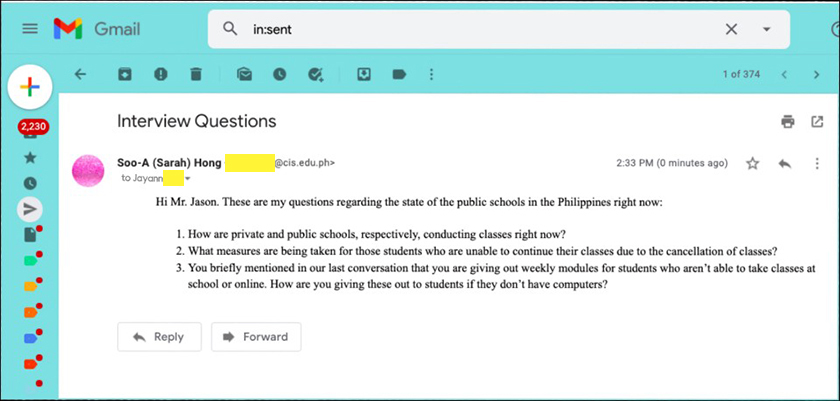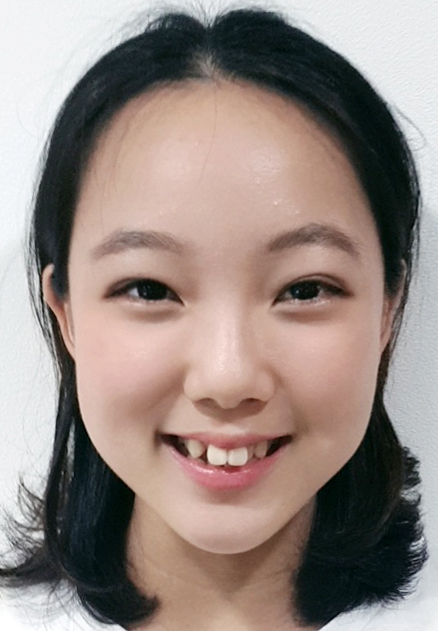The Philippines, a country once famous for its beautiful islands, beaches, and touristy spots, is no longer a country of leisure and vacation. It carries the record of having the longest lockdown among all countries due to COVID-19. Its COVID restrictions are extremely strict, with the government allowing only one person out at a time for each household. With such severe restrictions, it is not difficult to understand that the operations of many institutions have come to a halt—especially schools.
The Philippines have largely two types of schools: public and international. The students that constitute the Philippines’ public schools are mostly local or native people. The sad reality seems to be that the majority of them do not have access to the internet or digital devices, such as computers or tablets. Due to COVID-19 having been such an unforeseeable disaster, schools were unable to prepare for it and have had to cancel all their classes since February. The concern that soon followed was that the Filipino students would not be able to advance up to their next grade level, as they could not complete their studies for the academic year. This would mean that all public school students would need to repeat their grade.

To prevent such inconvenience, public school teacher Jayann Jason has been, to the best of his ability, giving out unit lessons that students must complete individually for him to collect at a given time. “But even this is not a definite solution to the problem,” he says. The only absolute solution would be for schools to reopen as soon as possible, but that can happen only when the Philippines’ government secures COVID-19 vaccines, which will likely happen only in the distant future.

The Philippines’ international schools, however, are equipped with better systems. All students were required to have at least one digital device at the beginning of the school year, so they have been able to continue their classes online. But the problem is that the majority of the international students went back to their home countries during the summer break, and now they cannot re-enter the Philippines due to the country’s strict policy on airports and caps on in-coming flights. Hyo Sim Lee, the guardian of an international student in the Philippines, stated, “Offline classes can’t resume without students, so they are waiting for the airport to open and for all students to come back.”

Although they are fortunate to have any classes at all, international students have experienced difficulties with online curricula. Yeon Ji Jeong, a Korean student in a Philippines’ public school, complained, “Online classes are not effective because activities are limited. I applied for BEIMUN (Beijing Model United Nations) and soccer this year, but I didn’t get to join them.” Students also lost the opportunity to use school facilities. For example, those who study science and technology are unable to use the diverse equipment and chemicals and do the lab work that are normally available to them during the junior and senior years.
With so many students suffering from this pandemic, fingers are being pointed at the Philippines’ government for being too strict and harsh. Of course, the government should ensure the safety of its people through regulations and policies, especially because the Philippines lacks a good medical system. However, the strict regulations seem to be directly affecting the future of the youth. For now, all people can do is to hope for the prompt arrival of the vaccines.

Soo-A Hong
Junior (Grade 11)
Cebu International School

